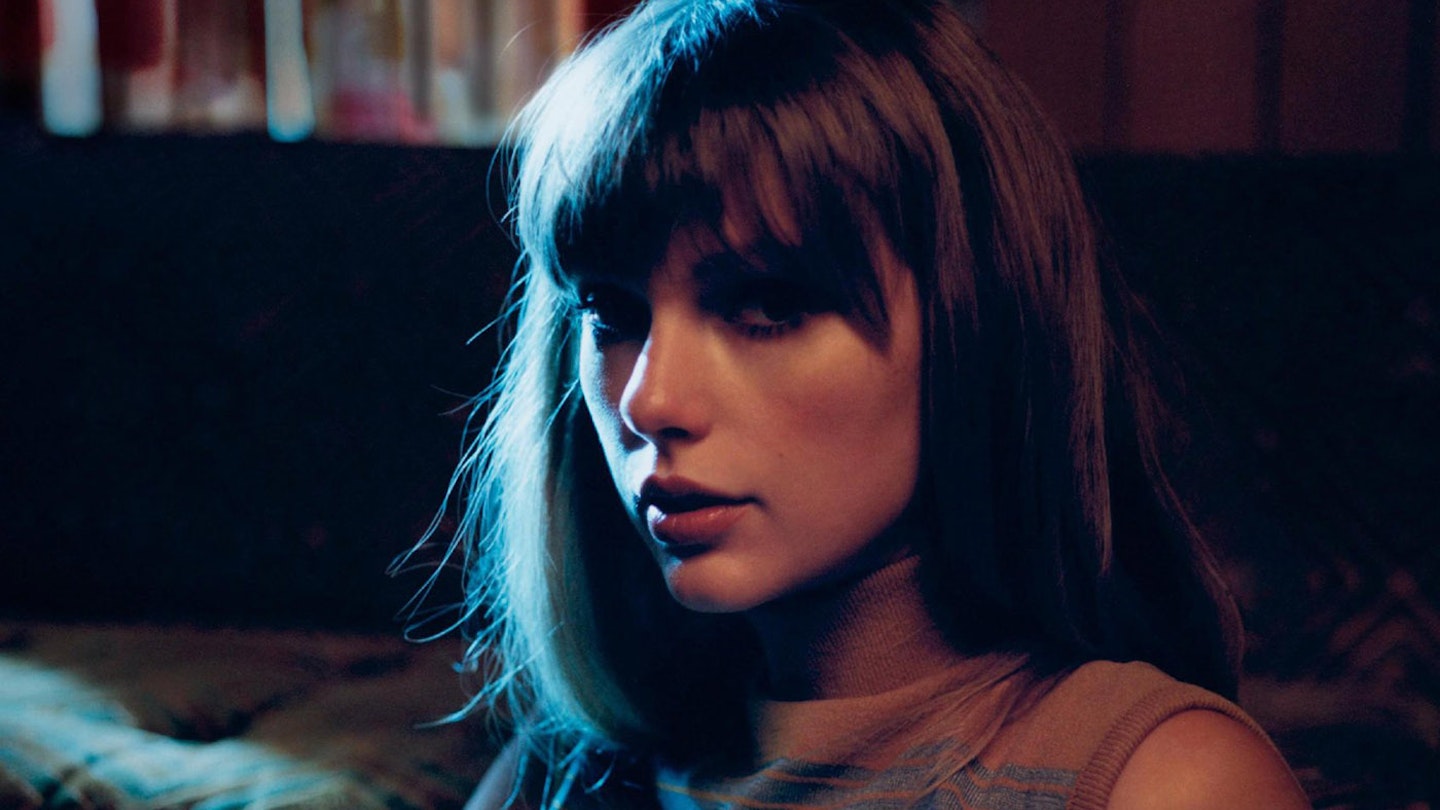“Long story short – I survived,” Taylor Swift sings on Evermore, one of two albums she released in 2020. Chronicling the toughest patches of being “young and reckless” has been integral to her high-drama mission since she emerged into the Nashville country scene as a teenager – even The Outside, from 2006’s self-titled debut, was about her taste for singing country music in karaoke bars isolating her from a more age-appropriate world of sleepovers.
When it comes to her 18-year career, though, Swift has done so much more than simply survive. She burst into modern pop with the fabulous post-teenage symphonies of 2014’s 1989 and 2017’s fierce Reputation. She tapped back into her roots for 2020’s Folklore and Evermore, working with The National’s Aaron Dessner, before the cool insomniac pop of 2022’s Midnights. Yet as Swift smartly pointed out in Lana Wilson’s 2020 documentary Miss Americana, reinvention isn’t the end. “Female artists have to reinvent themselves so many more times than male artists, or else you’re out of a job,” she said. “Live out a narrative that we find interesting enough to entertain us, but not so crazy that it makes us uncomfortable.”
Instead, Swift has adjusted the idea of the pop star to fit her as she grows up, shaking it up as she shakes it off. In 2019, when the masters of her first six albums were sold away from under her, she re-recorded them in ‘Taylor’s Version’ form, a Director’s Cut complete with new guests and ‘From The Vaults’ additions, a fluid evolutionary move that lines her up with the bootlegs and archives of an older generation. “If I made them the first time, I can make them again,” she shrugged, with the nonchalance of her iciest vengeance songs.
It is the songwriting that makes Swift's long-term future so intriguing.
Swift understands her value and the value of her work. Her ongoing Eras Tour is a serious acknowledgement of her pivots and shifts, each three-hour show featuring 44 songs split into 10 acts. It underscores the idea of Swift as a millennial Springsteen, elevating the tender crash-and-burn yearnings of American life to epic status.
It is the songwriting that makes Swift’s long-term future so intriguing. “People have essentially gotten to read my diary for the last 10 years,” she said in 2014, and it’s easy to be there for the drama of 1989’s Blank Space (“It’ll leave you breathless/Or with a nasty scar”) or pore over thinly veiled references to The 1975’s Matty Healy across The Tortured Poets Department's 31 tracks.
Always a sharp narrator with a gift for the extended metaphor (see Reputation’s Getaway Car), Swift’s storytelling skills have accelerated – just listen to Evermore’s cold-lipped Tis The Damn Season, a heartbreaking Going Home For Christmas song that condenses a whole indie film into its winter breakdown, or Maroon’s crying over spilt wine.
“This period of the author’s life is now over,” she wrote in a statement on The Tortured Poets Department, “the chapter closed and boarded up.“ Yet such definitive clarity also comes with a new excitement, an inherent sense that there are other possibilities to pursue, romantically, emotionally, creatively. Long story short - it's far from over.
